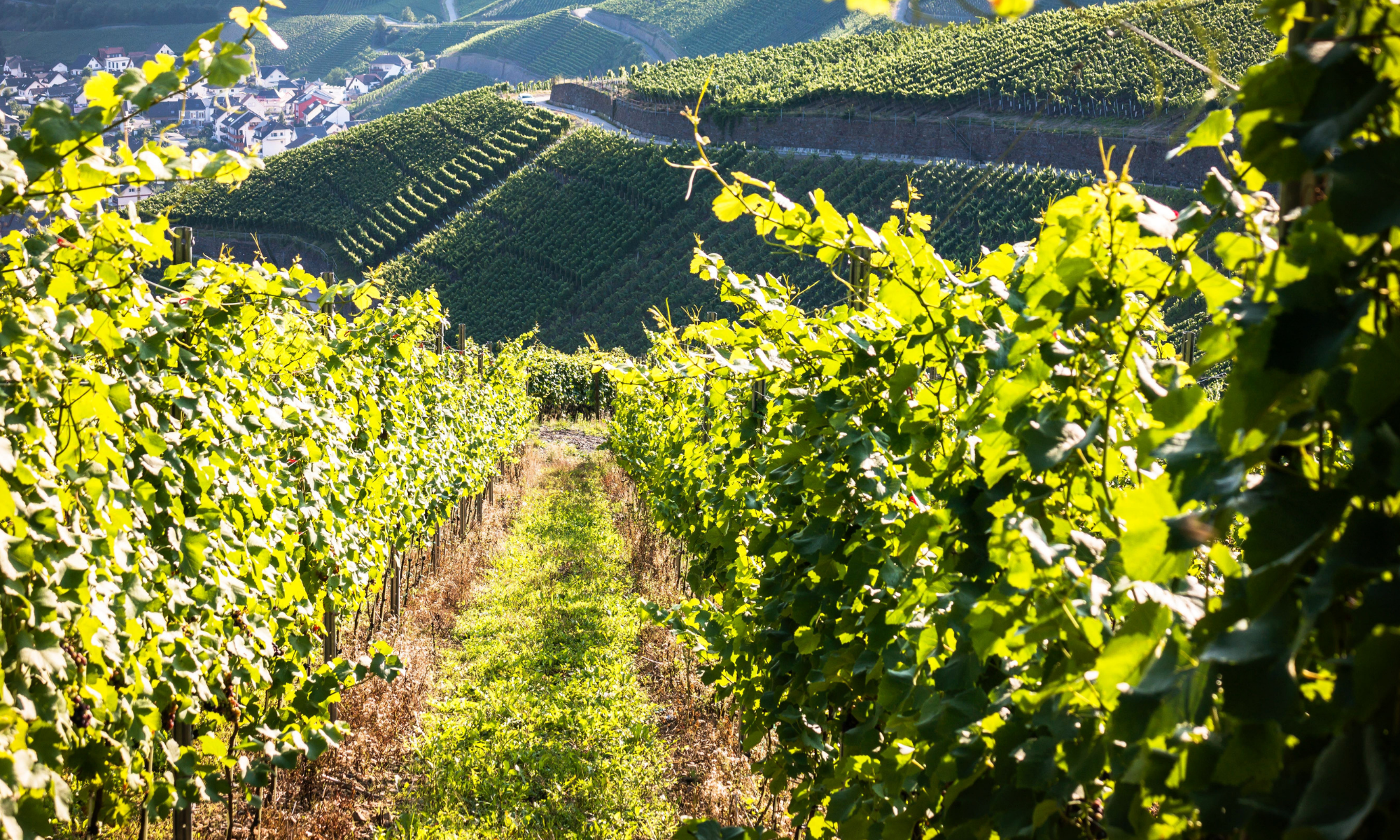If you are looking for a middle grade title to inspire STEM students, look no further than The Great Shark Rescue: Saving the Whale Sharks by Sandra Markle.

Whale sharks are not only the biggest fish in the world, but also the coolest sharks because they feed by vacuuming up tons of the smallest creatures in the water (see pages 18-19). Unfortunately, along with many other fascinating creatures, their numbers are plummeting and they have recently become endangered.
Markle gives numbers and explicit reasons why the populations are in decline. Sometimes the sharks are caught is nets during legal fishing while at other times they are killed by people who fish for sharks illegally. Climate change is also a factor. Scientists want to try to help the sharks, but they know little about them. It is a race to learn about whale sharks before they disappear.
The Great Shark Rescue will thrill budding marine biologists as well as those interested in conserving endangered species. Realistically, this title could work with upper elementary readers as well as middle grade. It could be a great addition to your shelf.
Visit Wrapped in Foil Blog for the rest of the review and related links.

Copyright © 2019 Roberta Gibson All Rights Reserved.










